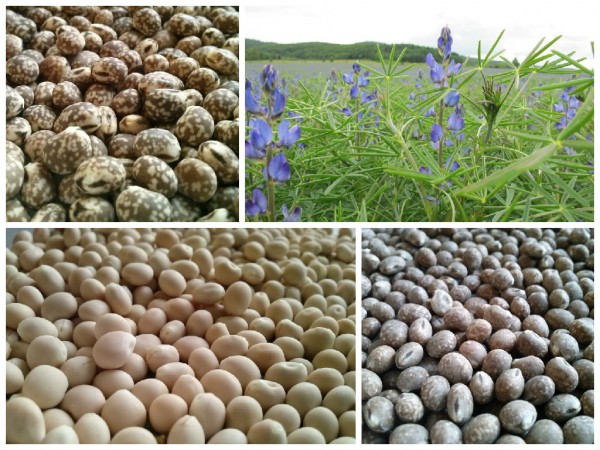BLUE LUPIN
Blue lupine belongs to the pulses family it is mostly grown for seed, since it is characterized by a high seed yield potential, higher than yellow lupine. Blue lupine requires slightly better soils than yellow lupine, which is usually grown on class IV or weak V. Blue lupine seed are a valuable source of protein, containing 30-35% of it. The sweet varieties of lupine created through breeding are a wholesome feed, suitable for pigs as well as cattle. Blue lupines tend to yield less green mass than yellow lupines.
The range of available blue lupine varieties also includes bitter ones, which have the one advantage of not being eaten by wild animals; this trait makes it very useful for sowing on stands adjacent to forests. Blue lupine has a tap root system reaching down to the lower layers of the soil, where it can absorb water and nutrients unavailable to other plant species. Thanks to the symbiosis with bacteria of the Rhisobium family, roots of blue lupine bind up to 50-70kg of atmospheric nitrogen, which cannot be rinsed out into the groundwater and remains in the soil. Blue lupine is an excellent fore-crop to all species, e.g. cereals, which produce an additional 10-15q/ha of yield.







